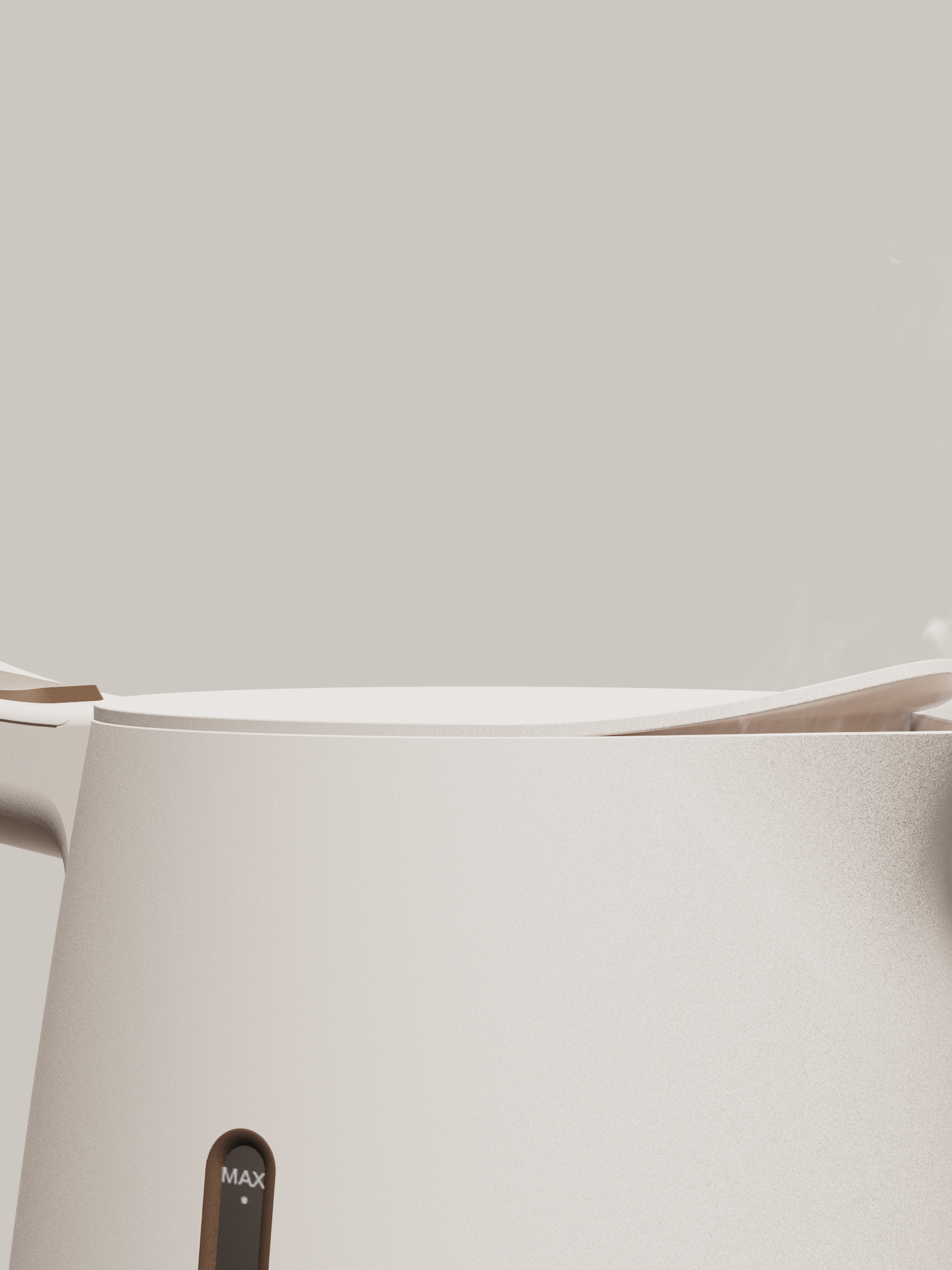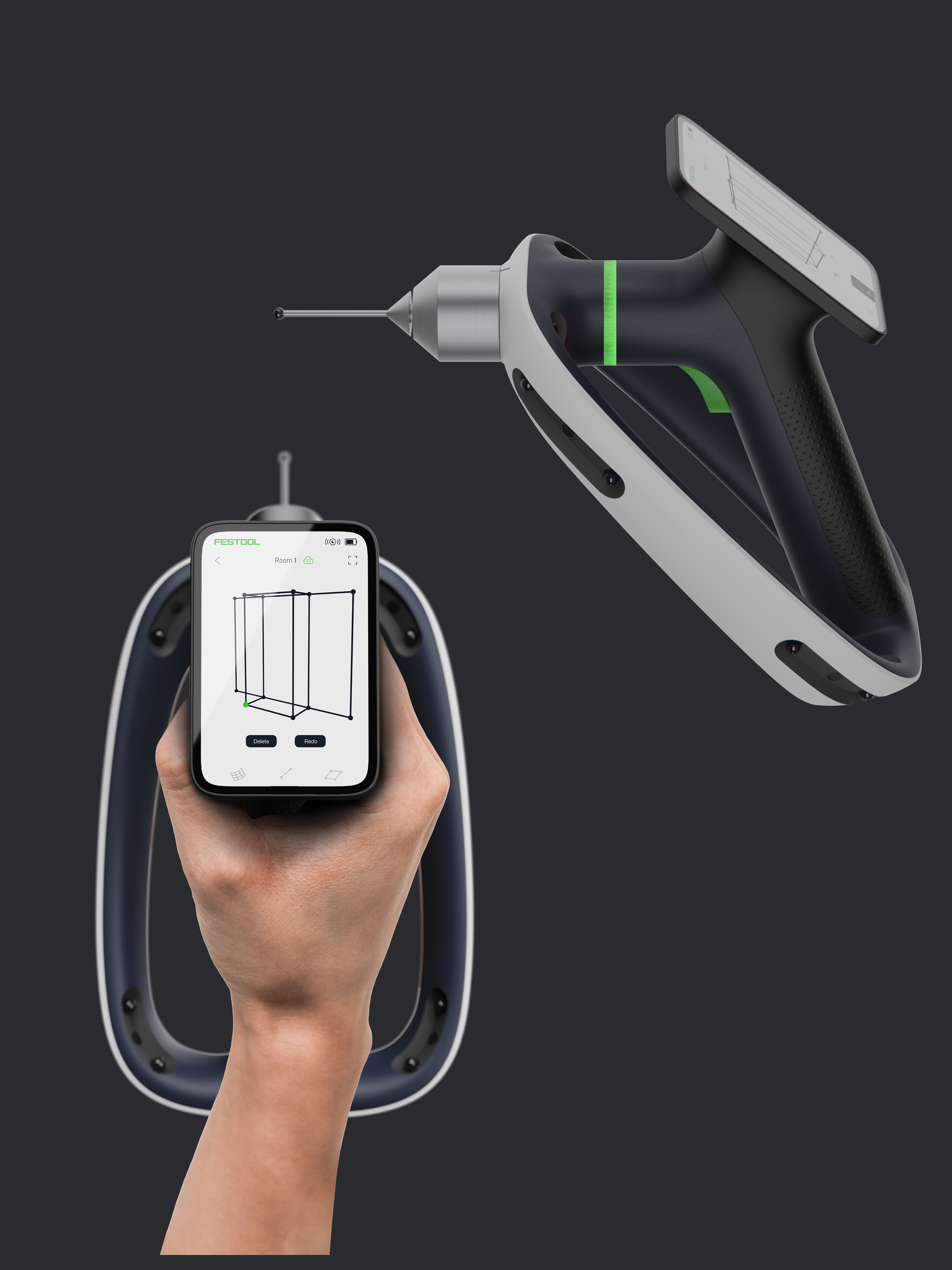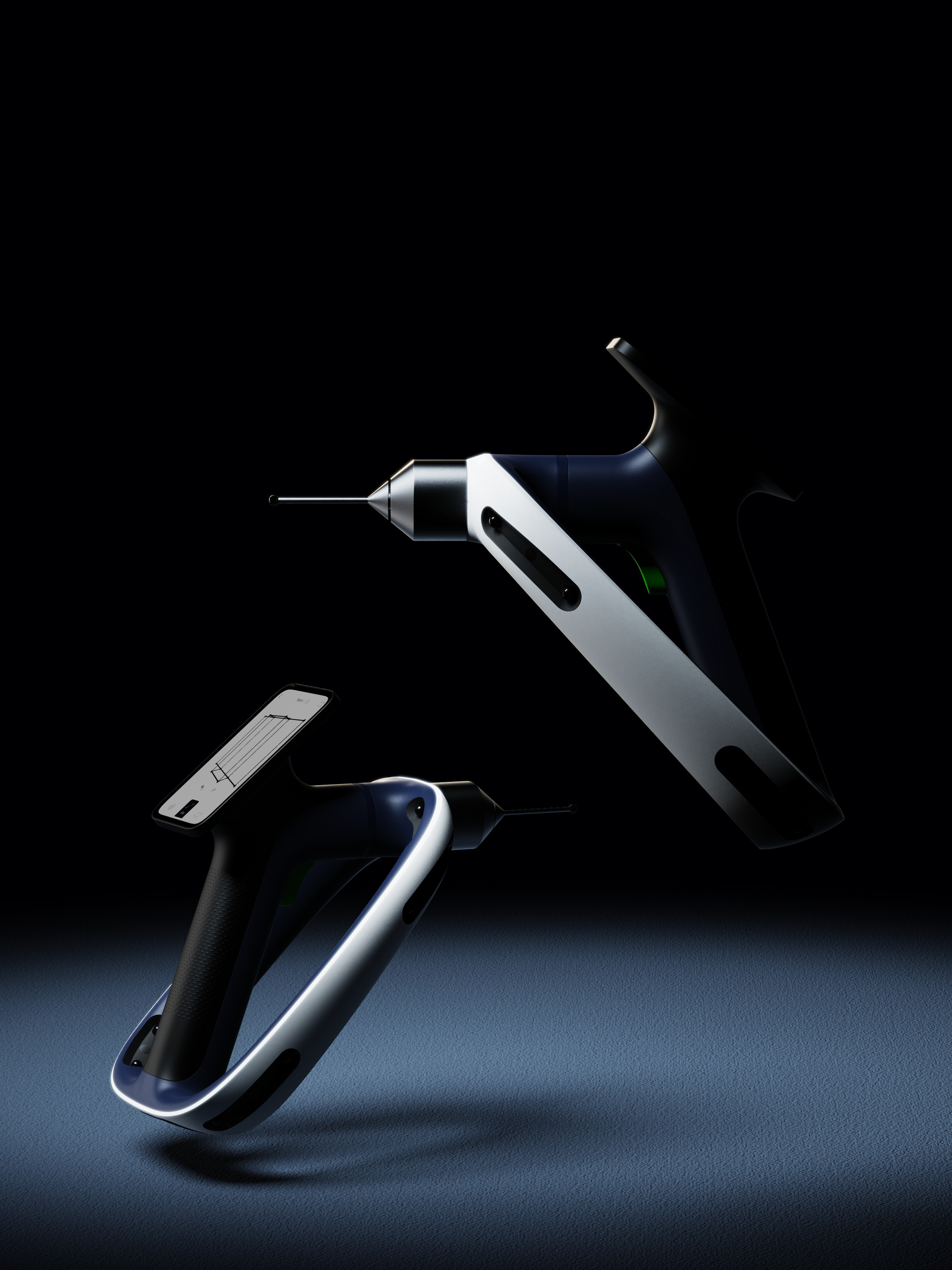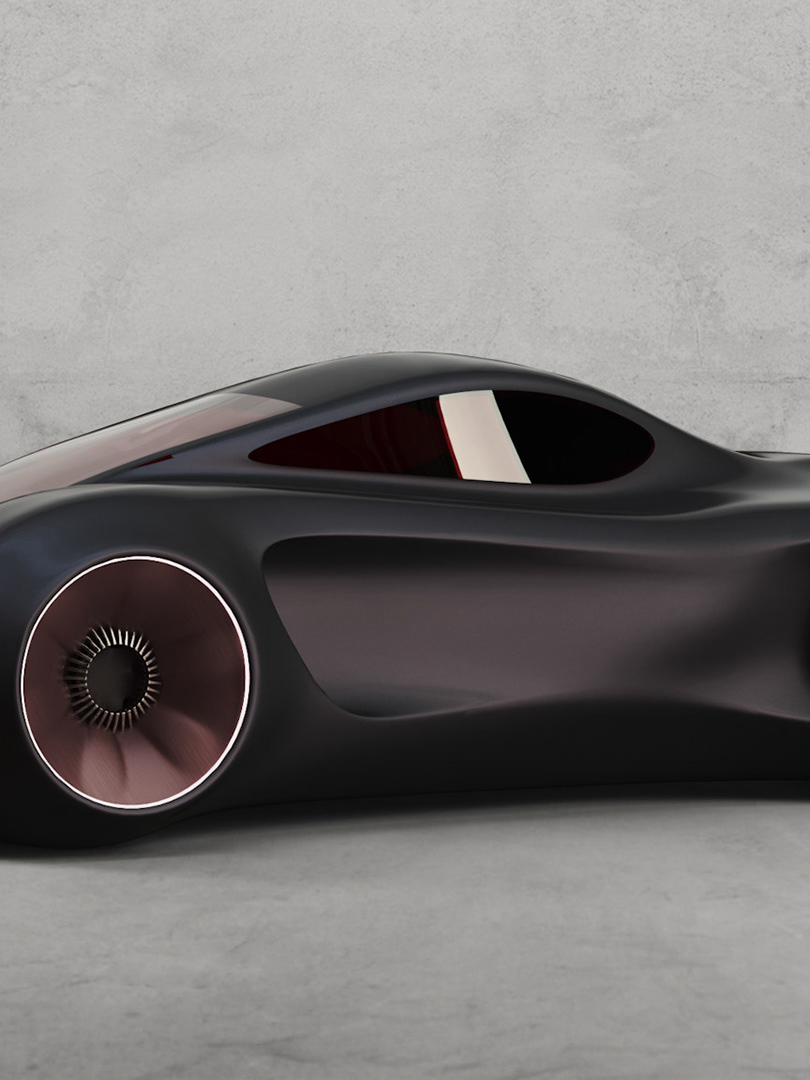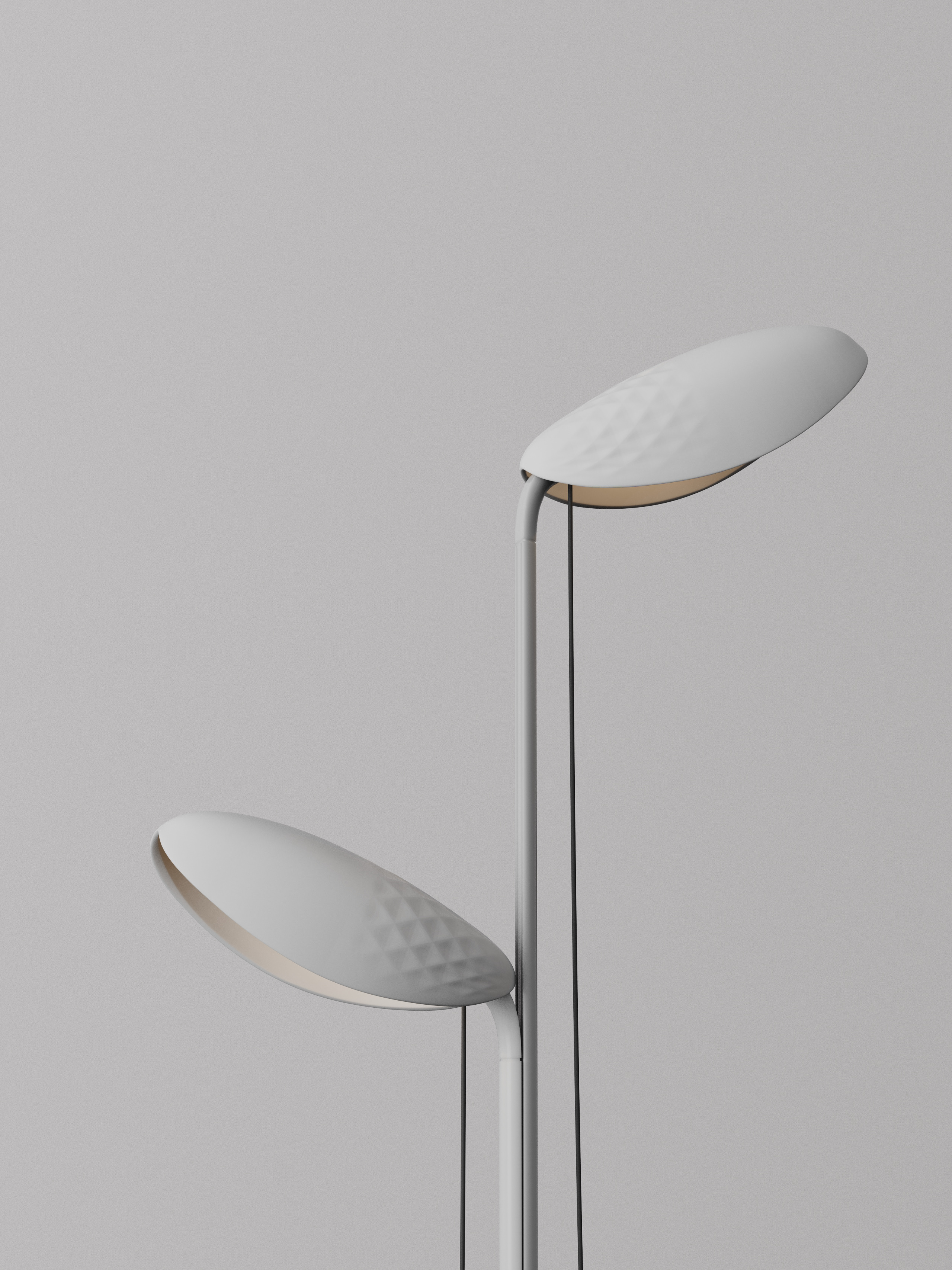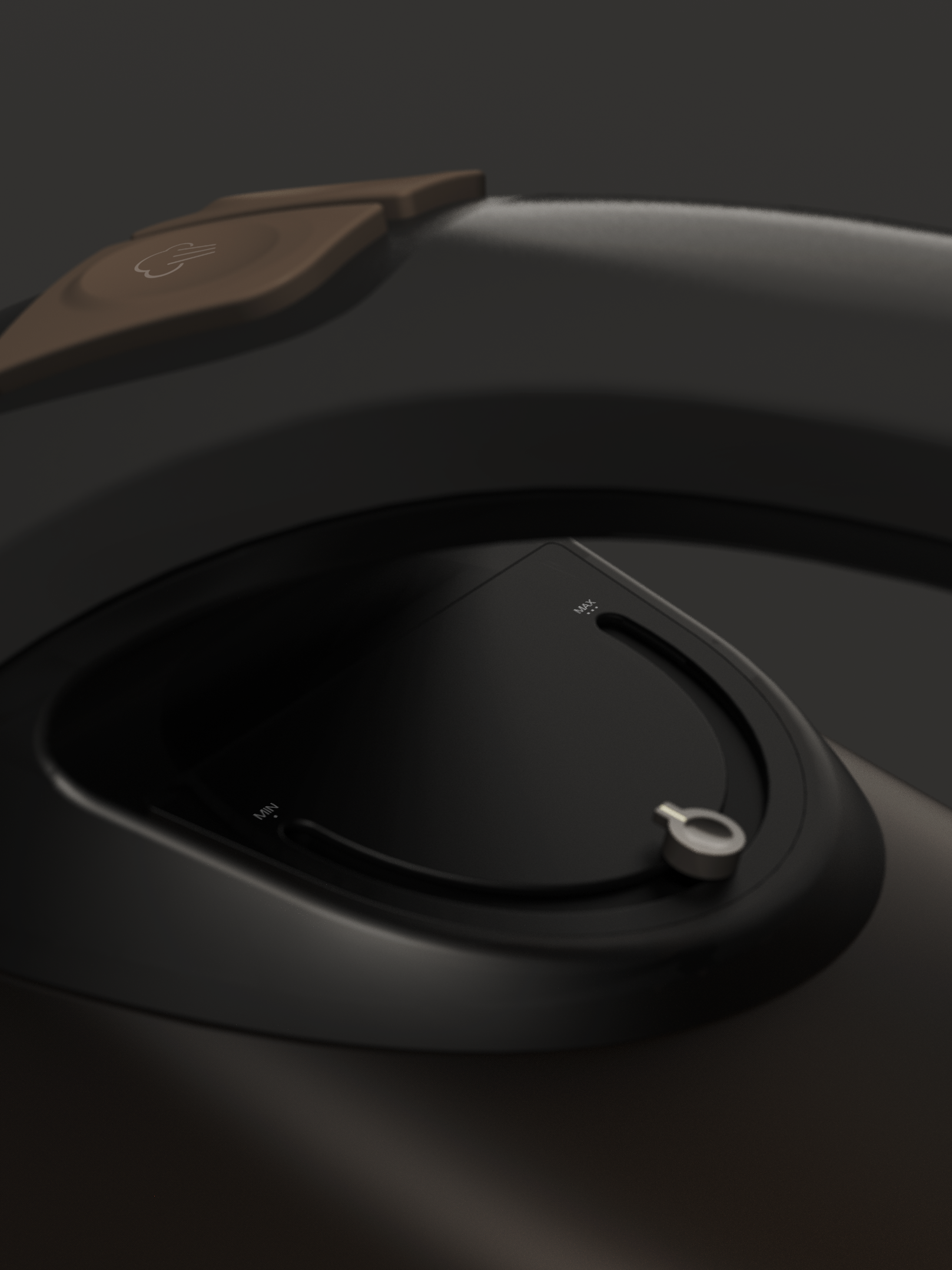Concept
The design concept focuses on facilitating high-quality underwater photography without the need for personal diving. The core idea is to develop an underwater drone — Hydrone — equipped with a modular camera dome capable of housing professional-grade cameras and lenses. The design emphasizes adaptability to various camera sizes and weights, ensuring broad compatibility and enabling precise remote control for professional use.
Camera system
Based on market research, Hydrone will be equipped with a waterproof camera dome designed to accommodate lenses ranging from 8 to 20 cm. The camera position can be adjusted using an Arca Swiss rail system to align with the length of the lens.
"Shape follows function"
In order to incorporate the camera system and to ensure an easy and comfortable operation of the drone, we imitated the operation with a Canon camera and divided the required areas of a certain dimension for different functions.
How to ensure the waterproof
The upper dome of the case is removable and is simply placed on a sealing tape. External water pressure pushes the dome onto the band without the need for hinges or levers. So that the dome does not fall off on land, it is sucked in from the inside with a vacuum pump. To compensate for negative pressure after diving, there is a mechanical valve opening at the top, which can be pulled at any time to remove the upper dome. The cameras and lights are positioned behind a sheet of polycarbonate and supported by a structural member. Both parts are fixed in the housing with two-component adhesive and also screwed on from the inside to absorb the high water pressure on the front.
FEM Analyse
In collaboration with the Institute of Mechanical Engineering, FEM analyses were conducted to assess material stress under various water pressures and identify potential issues. The analysis confirmed that an aluminum alloy offers the ideal combination of weight and strength to withstand high water pressure. The housing can be manufactured using metal casting and CNC finishing techniques.
Propulsion
The underwater drone is powered by four robust SeaOutpost underwater thrusters. The Blue Robotics T200 propellers are rotatable, allowing for adjustment of their tilt. For maintenance purposes, they can be unscrewed and replaced with chrome-plated rings. However, loosening them does not compromise the internal sealing of the housing, ensuring the drone remains waterproof at all times.
Signal transmission
Hydrone is capable of diving up to 50 meters deep and transmitting real-time signals through wired connection to the buoy. The cable not only carries internet signals but also provides power to the drone. Additionally, the wires can be conveniently stored through the external handle after usage.
Remote controll
The Hydrone underwater drone is controlled via a hybrid controller. The extendable controller establishes the WIFI connection to the WIFI buoy and has all the joysticks and buttons needed to control Hydrone.Using the Hydrone controller connected to the cell phone, photographers can remotely control Hydrone and film in real time.
Superviser
Prof. Jan Bäse Industrial Design
Prof. Dr.-Ing Dieter Schwarzenau Electrical engineering
Prof. Dr.-Ing Christian-Toralf Weber mechanical engineering
Prof. John-Glen Swanson mechanical engineering
Team
Adrian Wiepcke Industrial Design
Siwen Tian Industrial Design
Alexander Nepke mechanical engineering
